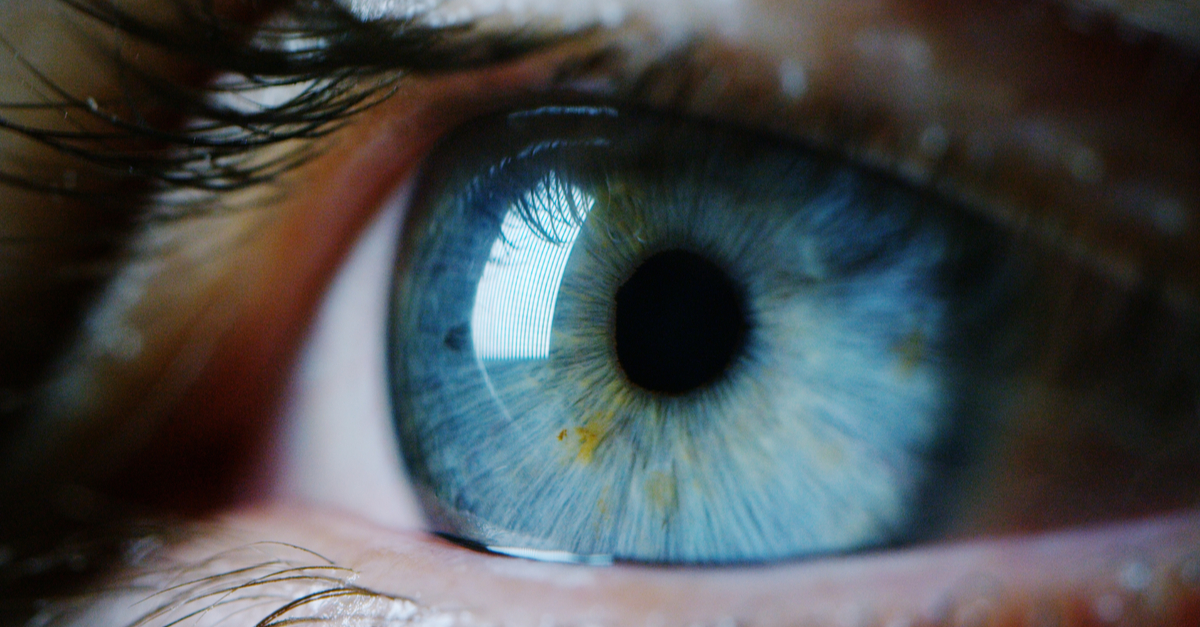
In recent months, the common prescription drug Elmiron®, which is used to treat a painful and common bladder condition, has fallen under scrutiny for allegedly damaging the vision of the patients who take it. Elmiron lawsuits are now being filed.
Prescribed to treat the bladder pain and discomfort associated with the chronic condition known as interstitial cystitis (IC), Elmiron (pentosan polysulfate sodium, or PPS) is the subject of lawsuits alleging the drug leads to irreversible retinal damage and toxicity. Largely responsible for our ability to see the world, the retina is a slim, light-sensing tissue located at the back of each eye.
Known more plainly as one of several “painful bladder syndromes,” IC is fairly common, with more than 200,000 new cases diagnosed in the United States each year. IC causes severe bladder pressure and pain, and in some cases, pelvic pain, as well. According to the National Institutes of Health (NIH), 8 million women and 4 million men have IC in the United States.
As it stands, Elmiron is the only drug approved by the U.S. Food and Drug Administration (FDA) to treat IC. Couple that fact with the NIH’s estimate of people living with the condition, and millions of Americans are at unknown risk of developing serious and irreversible vision damage.
Earlier this year, the drug’s manufacturer, Janssen Pharmaceuticals, updated the drug’s product labeling to include a warning of potential vision problems.
The Potential Consequences of Taking Elmiron
A number of recent studies have identified the connection between use of Elmiron and vision damage.
Published in the academic journal Ophthalmology in 2018, researchers discovered a link between patient use of Elmiron and the pathological eye disease known as maculopathy, which affects the retina. The study authors concluded:
“[Our findings] describe a novel and possibly avoidable maculopathy associated with chronic exposure to PPS (Elmiron). Patients reported symptoms of difficulty reading and prolonged dark adaptation.”
A second study confirmed the 2018 findings and, looking over additional patient data, added that Elmiron’s alleged side effects may go undetected by patients’ eye doctors. Such a trend may be attributable to the fact that side effects of Elmiron may be masked as common retinal eye conditions. Eye doctors who haven’t read the latest Elmiron research may not be able to identify such a connection immediately.
In 2019, Kaiser ophthalmologists combed through hundreds of medical records and discovered another concerning fact: Roughly 25% of patients taking Elmiron had noticeable retinal damage caused by drug toxicity. The Kaiser team also noted that the larger the dose of Elmiron, the higher the likelihood of patients developing visual pathologies.
Of patients taking 1,500 grams or more of Elmiron, 42% developed visual damage. By contrast, only 11% of patients taking between 500-1,000 grams developed visual damage.
Elmiron’s Patient-Reported Side Effects
Patients who have used Elmiron have reported wide-ranging and devastating side effects, including the development of certain eye diseases, including:
- Macular degeneration: The deterioration of the center of the retina, resulting in the loss of eyesight in the center of one’s field of vision.
- Pigmentary maculopathy: A type of macular degeneration that results in a “dark spot” or a series of dark spots in one’s vision while looking straight ahead. These dark spots can expand over time and cause additional visual hindrances.
- Retinal maculopathy: A type of macular degeneration that affects the smallest part of the retina, where vision is extremely clear and sharp.
Macular degeneration is not the only alleged side effect reported by Elmiron patients. Patients have also suffered:
- Blurred vision
- Difficulty reading
- Distorted vision
- Eye discomfort and/or pain
- Issues adjusting to low light levels
- Partial blindness
- Visual disturbances
- Vision loss
The list of alleged side effects may continue to grow as more research is conducted and as more Elmiron users step forward to file lawsuits against the drug’s manufacturer.
Patients Are Stepping Forward to File Elmiron Lawsuits
Health experts recommend that patients taking Elmiron continue to schedule regular annual eye exams. This is the first line of defense to protect against the development of eye- and vision-related issues. Experts also recommend sharing with your eye doctor your history of medications, including use of Elmiron (whether in the past or presently).
Dangerous drug lawsuits are filed when a medication leads to death or serious undisclosed side effects. Ultimately, their goal is two-fold:
- To compensate those who were never warned of potential side effects, and
- To hold companies accountable and prevent others from experiencing the same serious health-related side effects in the future.
Each year, Janssen Pharmaceuticals sells more than $150 million dollars’ worth of Elmiron to millions of patients in the United States. Those who have experienced severe and irreversible vision problems were never warned about the potential life-altering damage associated with the drug.
For more than 20 years, the mission of Simmons Hanly Conroy has been to provide clients who have been wrongly injured with the respect and attention they deserve. The firm has helped thousands of people nationwide recover more than $9 billion in verdicts and settlements from the companies that harmed them.
If you believe you or a loved one suffered eye damage as a result of taking Elmiron, you may be eligible to file an Elmiron lawsuit.




